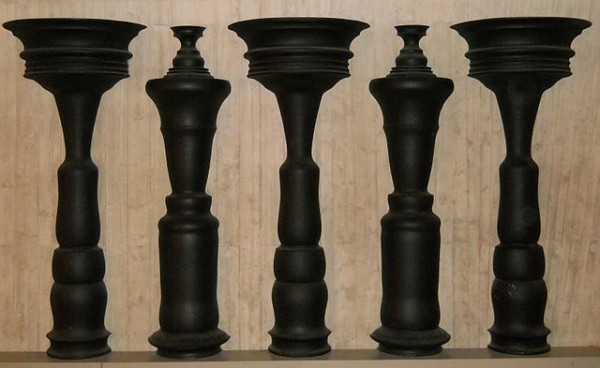Looking outwards at artists and works I was less familiar with, these animations provided a variety of shots, framing, transitions, colour and metaphor to consider while looking at my own work.
Estonian cartoonist and animator Priit Pärn, presents several shorts within a short in his 1987 film Eine Murul (Breakfast on the Grass).
First Slide
The top row looks at framing, camera angle and composition.
- A long shot presents the character in a tight corridor. With space behind, the way forward is blocked
- A tight close up presents a grim-faced profile shot. Eye level, close and personal, claustrophobic even in an external street scene.
- The perspective of the supermarket shelves leads the eye to the approaching character. The character is animated in faded transitions as the environment remains static. Perhaps a suggestion of passing time.
The bottom row starts with a heavy metaphor.
- Birds fly in an expansive, clear sky while below our tiny protagonist is captive, held to the ground.
- From cartoon scenes of cool, muted blues and greens the film turns in style and colour. Leaning towards photo-real, warm, tawny and umber hues take over. An open window frames the outside world, a large expanse in comparison to the character's scale, his head coincident with the horizon.
- The lift car. A filmic device. While this one appears as a means of escape from the prowling figure, mine is designed as an inevitable descent, a sarcophagal journey to another world.
Second Slide
This affecting sequence examines a woman's loss of identity in motherhood. Her efforts to find her former self are frustrated at every attempt. Again, heavy in metaphor, her lost personality can be seen in the blank mask. She attempts to redefine herself, repainting her image as a poor simulation of her former self. Even these efforts are physically wiped away by her child.
The use of makeup (another mask?) as a means of deliverance appears to point towards a conflict between the external image and internal feelings. The fight for the external is ultimately fruitless and as we see mother and daughter grow, the natural face of the mother reappears.
Third Slide
The final shots follow mother and daughter through a fair. The mother carries an apple (the forbidden fruit, signifying knowledge?) which she exchanges for helium balloons. There is a suggestion that she may take an opportunity for freedom before handing the balloons to her child, her natural image is restored and the next generation is allowed to fly away.
Quite beautifully realised.
Next up...
Directed and written by Israeli born Ari Folman, the 2008 Oscar winning Vals Im Bashir (Waltz With Bashir) deals with a veteran of the war in Lebanon and his efforts to reconstruct his own memory of the period.
I'll continue with that one later.

















































